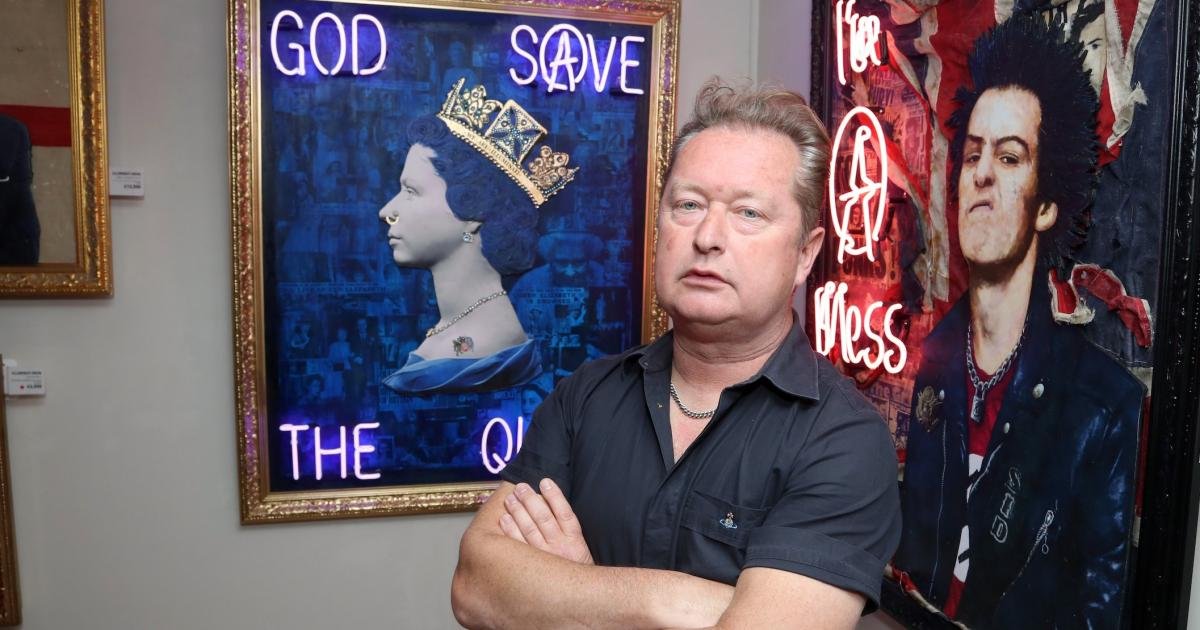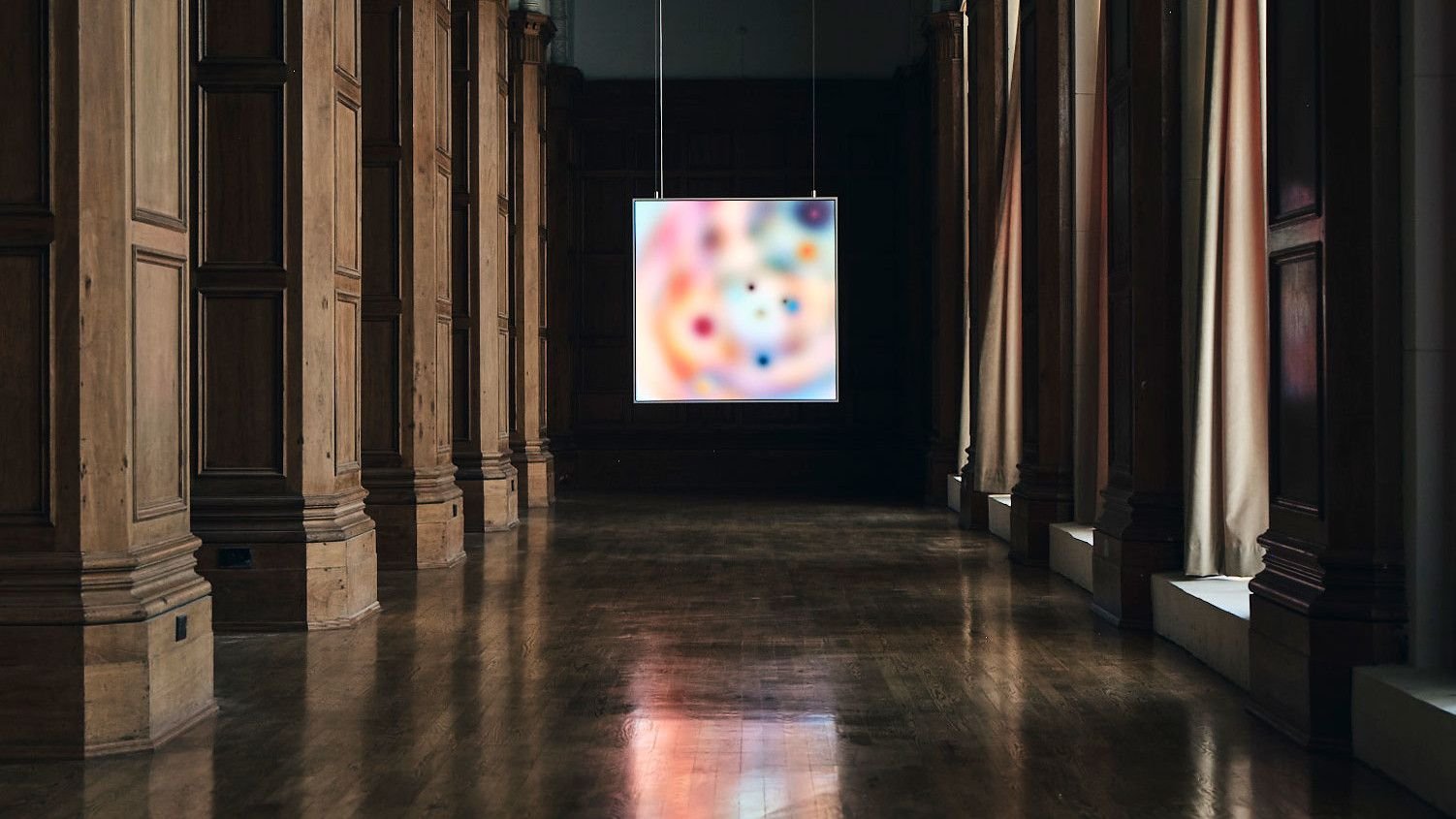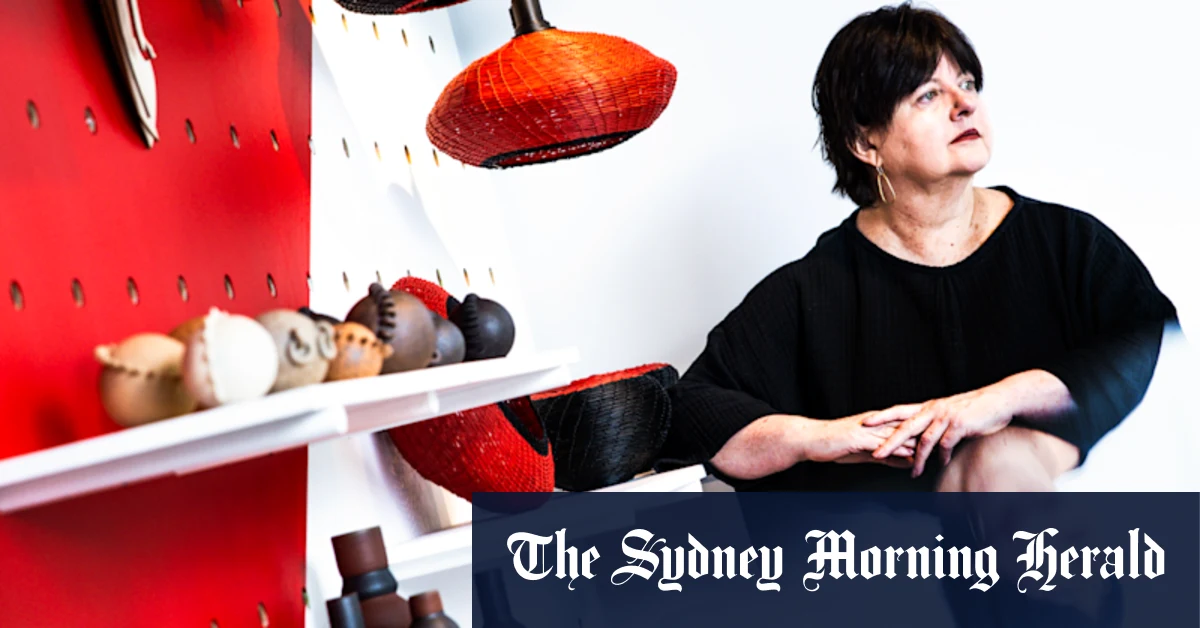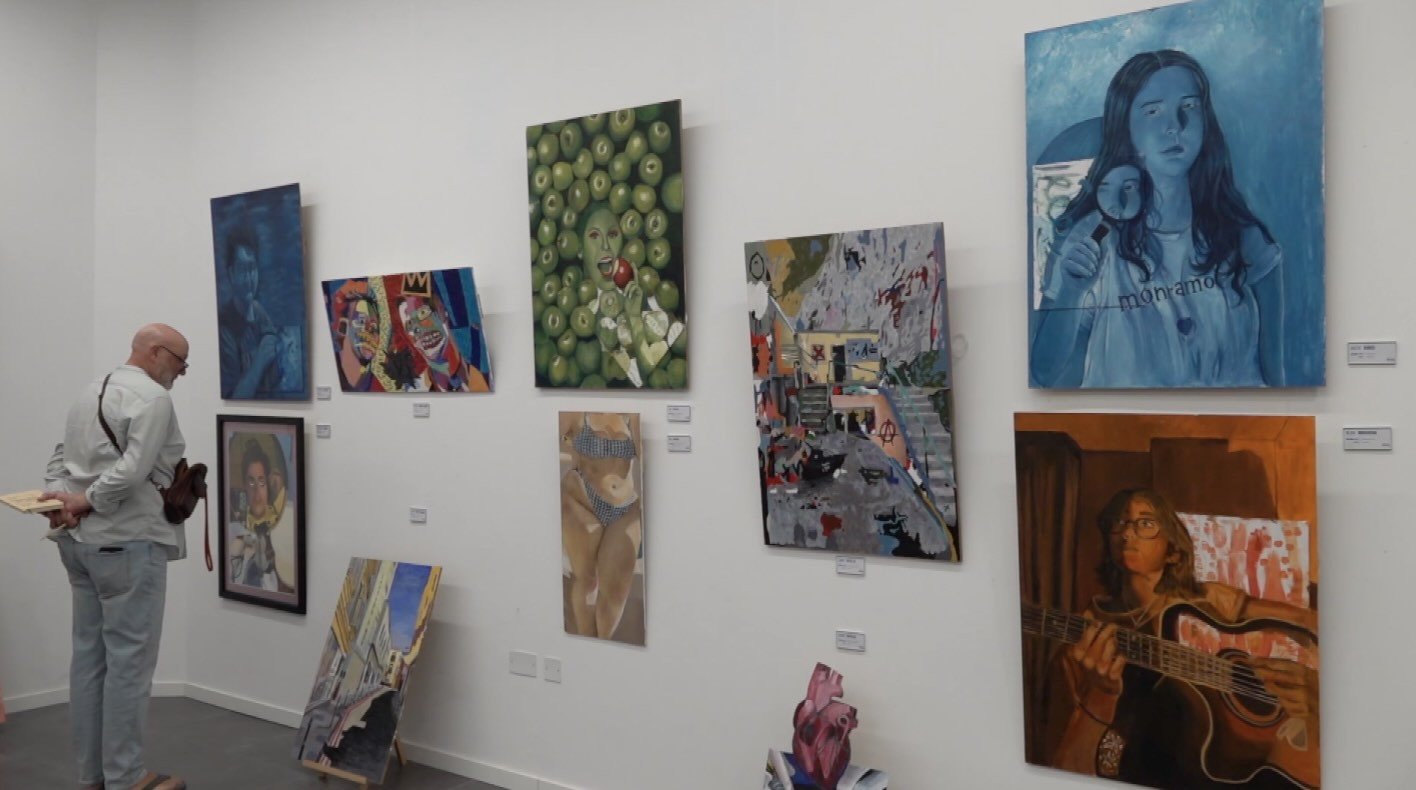
With art being increasingly viewed as a viable form of alternative investment,
exhibitiions are being held this month in New York and London of the work of expressionist painter Lancelot Ribeiro.
A Bombay-born artist”s series of exhibitions in London and New
York highlights how the worlds of fine art and wealth continue to
intersect.
Lancelot
Ribeiro, born into a Roman Catholic family from
Goa, is making a splash in the international art world. His first
paintings, which date from 1958, were mainly expressionistic oil
townscapes influenced by the Goan landscape.
And the focus on this artist is another example of how
fine art brings particular issues of interest to high net
worth individuals and their advisors. (See also
here.)
Ribeiro first moved to England in 1950, and
studied part-time at St Martin’s School of Art. After
returning to Bombay in 1955, he became a full-time artist in
1958. Over his career, Ribeiro held nearly 70 solo and group
exhibitions in India, the UK, Paris, Germany,
Chicago, and San Francisco. He participated in exhibitions
alongside his brother, which included The Arts of India at
the Towner Art Gallery (1966) and Five Indian Artists (1976)
organised by Maria Souza’s ARTS 38. His last major solo
exhibition was a retrospective at Leicester’s Museum & Art
Gallery (1986), which showcased his work from 1960 to 1986.
He returned to India for one last exhibition in 1998, 30 years
after he originally left.
In New York, the exhibition “Requiem” presents a selection
of works drawn from Ribeiro’s six-decade career, with the
earliest from 1962 – the year he left India for a new life
in London – to the latest in 2004. Requiem is presented in
collaboration with 108 Art Projects India. Taking place
from 15 August to 21 September at the Aicon gallery, the
exhibition brings together several pieces the artist
exhibited when he returned to Goa in 1969,
including previously unseen erotic works. On display at the
first appearance of Ribeiro’s work in New York, there is a
townscape dedicated to Dr Homi Bhabha and Stricken Monk (1968)
which featured in Art in America’s 1969 London Galleries
review.
Working in partnership with the estate of Lancelot Ribeiro (1933
Bombay (Mumbai), India – 2010 London, England), Ben Uri is also
exhibiting Ribeiro’s “Heads – In and Out of Our Time” in
London this autumn from 18 September to 29 November 2024. The
exhibition reflects Ben Uri’s core research on the refugee and
immigrant contribution to British visual culture since 1900.
Riberio’s work, which has has been funded by the UK’s
Heritage Lottery Fund, can also be seen at the Tate Britain,
part of modern and contemporary British art, as well as the
Victoria and Albert Museum.
Art exhibitions are also increasingly sponsored by financial
institutions such as the Royal Bank of Canada, Bank of America
(see an example
here) and Deutsche Bank to enrich people’s lives and to help
communities prosper. RBC’s own art collection consists of more
than 5,500 works in over 30 locations across Canada, and key
locations globally. The collection’s acquisitions focus on the
work of emerging artists, with select acquisitions by mid-career
and senior artists. Each year, the RBC Foundation also donates
millions of dollars to hundreds of global arts
organisations to give more help to emerging artists to
establish their careers.
Alternative investment
With people increasingly viewing art as a viable form of
alternative investment, the appetite for art as an asset class
has risen among high net worth individuals in recent years,
partly in response to the instability in financial markets.
Buying art also allows firms or individuals to make tax savings.
There are various UK tax incentives which allow art amassed
during a lifetime to pass to future generations in a
tax-efficient way.
The UK’s Acceptance-in-Lieu scheme, which Arts Council England
administers, allows a taxpayer who has an inheritance tax bill or
one of its earlier forms, to pay the tax by transferring
artifacts which have a cultural and historical significance. The
UK Cultural Gifts Scheme also offers tax incentives for taxpayers
willing to gift artworks for public benefit, for example. Schemes
related to cultural philanthropy also exist in France, Mexico,
the Netherlands, and the US, amongst others.







